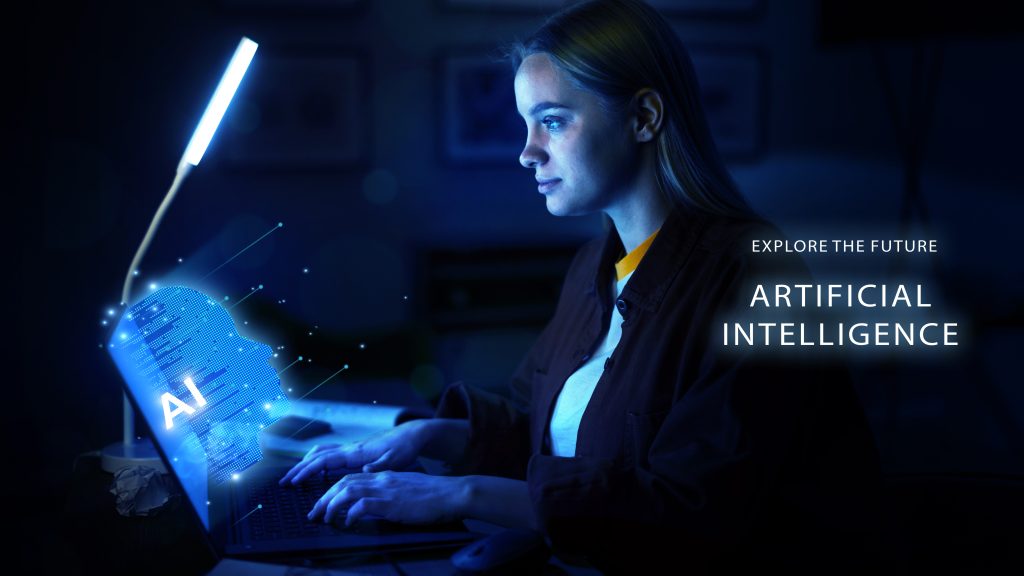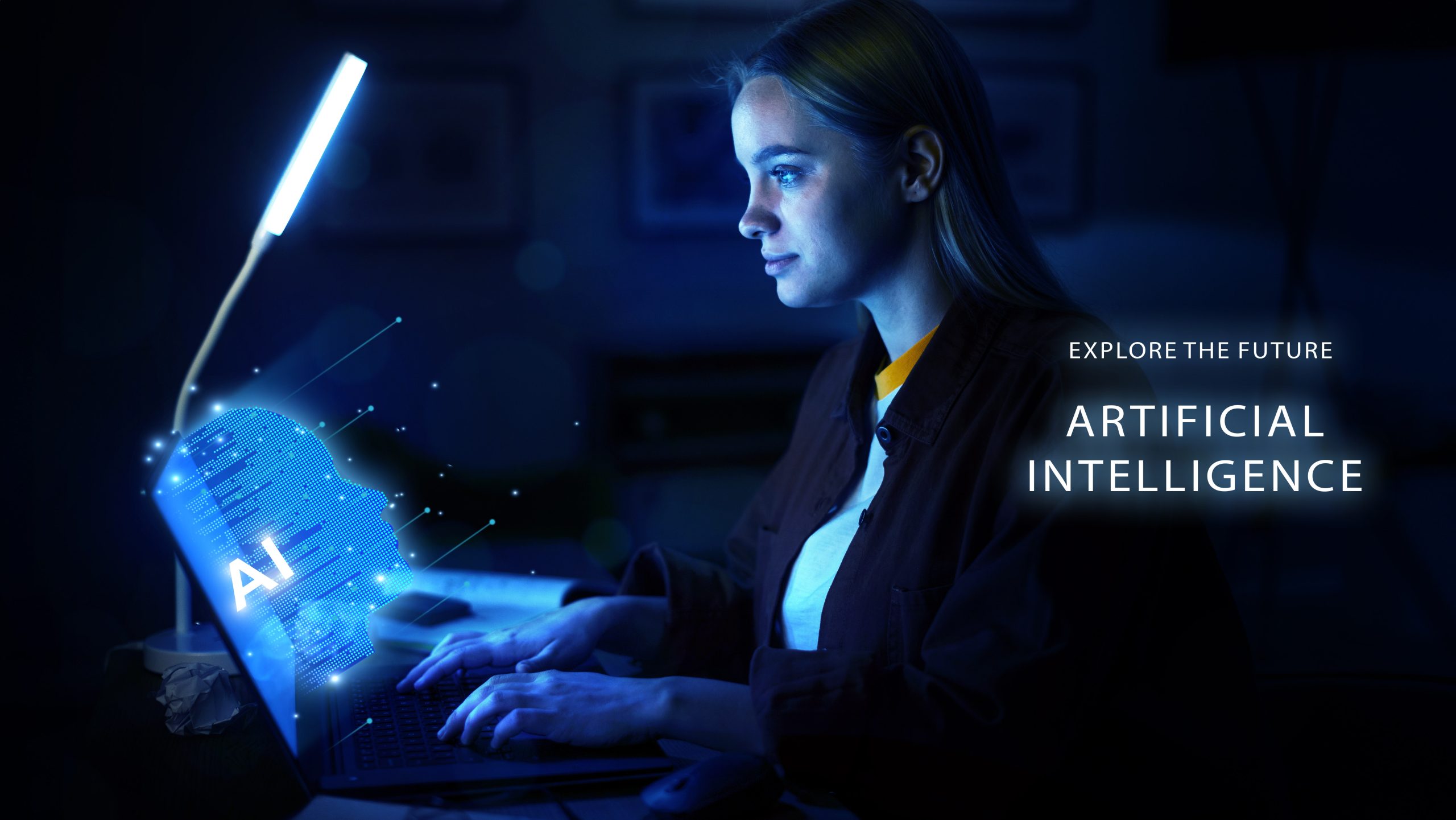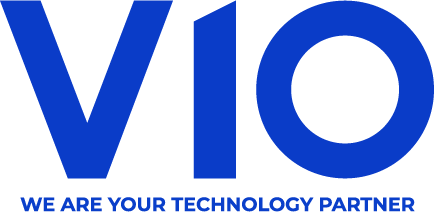
Future Of AI in Work
Artificial Intelligence (AI) transforms industries, automates tasks, and enhances decision-making.
According to World Economic Forum , “Artificial intelligence (AI) and information processing technologies that are expected to have the biggest impact – with 86% of respondents expecting these technologies to transform their business by 2030
AI in the workforce has been an evolving trend across industries for years, though organizations integrate it in different ways. AI is transforming the workplace by automating tasks, enhancing decision-making, and driving innovation. At its core, AI workforce integration involves leveraging intelligent systems for data analysis, workflow optimization, predictive insights, and enhanced collaboration between humans and machines. The future of AI in the workforce depends on strategic adoption, ethical considerations, and continuous upskilling to ensure efficiency, productivity, and a seamless transition into AI-augmented work environments
How AI is Creating Opportunities
- Increased Efficiency: Automating repetitive and time-consuming tasks
- New Job Roles: AI engineers, data scientists, automation specialists.
- Enhanced Decision-Making: AI-driven insights for better business strategies.
- Workforce Upskilling: AI literacy programs and tech-based learning.
- Improved Customer Experience: AI-powered personalization and predictive analytics
Navigating Opportunities and Challenges
❖ AI’s influence extends across sectors, from predictive analytics in finance to AI
assisted diagnostics in healthcare, driving efficiency and innovation. However,
ethical concerns, data privacy, and regulatory compliance remain challenges that
need to be addressed for responsible AI deployment.
❖ To remain competitive, organizations must balance AI adoption with human
expertise, fostering a workplace where AI augments human capabilities rather than
replacing them.
As artificial intelligence (AI) continues to reshape industries, organizations and
employees must navigate a landscape filled with both immense opportunities and
significant challenges. AI has the potential to enhance productivity, drive innovation,
and create new job roles, but it also introduces disruptions that require strategic
adaptation.
Organizations that invest in AI literacy and upskilling programs can equip employees
with the necessary skills to thrive in an AI-driven environment. By fostering human-AI
collaboration, businesses can achieve greater efficiency while ensuring that employees
remain at the center of decision-making and innovation.
Addressing the Challenges Of AI Adoption
- Job Displacement AI’s automation capabilities threaten routine and manual jobs, leading to workforce displacement and increased economic inequality.
- AI Bias and Ethical Concerns AI systems can inherit biases from their training data, resulting in unfair outcomes in areas like hiring and lending.
- Data Privacy and Security Risks The reliance of AI on vast data sets raises concerns about data breaches and misuse of sensitive information.
- High Implementation Costs Adopting AI technologies requires substantial financial investment in infrastructure and training, posing challenges for smaller businesses.
Key Steps for Business Planning to Transition Using Gen-AI
1.Question :
➢ Challenge large scale IT projects with long timelines and big teams
➢ Ensure Gen AI is genuinely reducing costs and accelerating delivery, not just a superficial add-on.
2.Focus :
➢ Deploy Gen AI on your biggest, costliest tech challenges
➢ Define modernization economics, reduce tech debt, and unlock solutions once deemed too expensive or time consuming.
3.Value :
➢ Ensure your plan details the value at stake, tracks incremental gains, and accounts for all costs
➢ Continuously validate that modernization efforts capture intended value, preventing drift into mere code delivery without business impact.
4.Plan :
➢ Rethink talent strategies, reskilling, and operating models to stay ahead of multiagent AI’s business impact.
➢ Ensure CEOs and boards actively plan for changing cost structures, workforce dynamics, and operational transformations.
AI Learning Roadmap in 2025
- Foundations First
Master Core ML Concepts & Python Libraries – Learn NumPy, Pandas, and Matplotlib to manipulate and visualize real-world data.
Build & Train Basic ML Models – Apply machine learning fundamentals to create models from scratch and analyze real-world datasets. - Deep Learning
Master Neural Networks & Optimization – Learn architectures, training techniques, and optimization strategies to improve model performance.
Become Proficient in a Deep Learning Framework – Choose either PyTorch or TensorFlow and gain hands-on experience building and training advanced AI models. - Generative AI & LLMs
Master Transformer Architectures – Learn how self-attention and transformer models power state-of-the-art AI like GPT and BERT.
Fine-Tune LLMs for Real-World Applications – Adapt pre-trained models for tasks like text generation, sentiment analysis, and chatbot development. - Build, Deploy, and Grow
Create & Deploy AI Solutions – Work on real-world projects, fine-tune LLMs and build interactive AI applications using FastAPI & Streamlit.
Engage & Evolve – Stay updated with AI trends, contribute to open-source projects, and actively participate in AI communities.
Final Takeaways & Discussion
- Embrace AI as a collaborator, not a replacement—successful integration depends on human-AI synergy.
- Upskilling is essential—organizations and individuals must invest in AI literacy and continuous learning to remain competitive.
- Generative AI and deep learning are key drivers—understanding LLMs and AI frameworks is crucial for innovation and career growth.
- Engage with AI communities and open-source projects—staying connected with
the AI ecosystem will accelerate learning and professional development.







